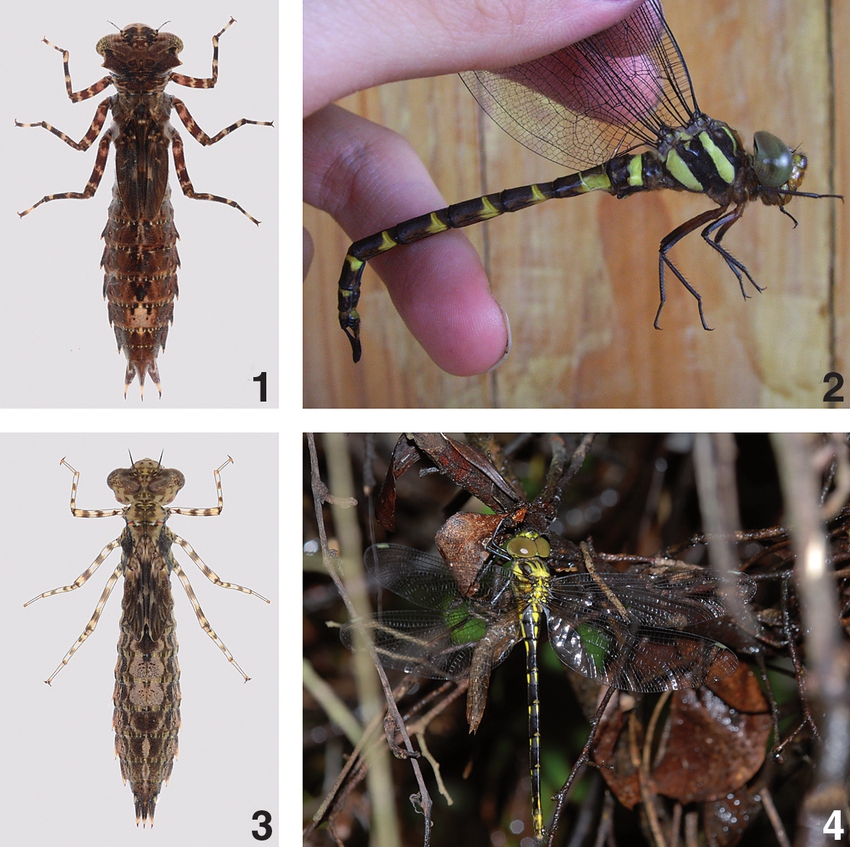| Citation |
|
Description |
Geographic Range [top]
Range Description: Recorded from central Lao PDR to southern China where it has been recorded from Guangdong, Guangxi, Hainan and Guizhou (Wilson and Xu 2008; Wilson et al. 2008). It is likely to be present in northeastern Viet Nam.
Countries occurrence:
Native:
China (Guangdong, Guangxi, Guizhou, Hainan); Lao Peoples Democratic Republic; Viet Nam
Additional data:
? Continuing decline in extent of occurrence (EOO): Unknown
? Continuing decline in number of locations: Unknown
? Extreme fluctuations in the number of locations: Unknown
Range Map: Click here to open the map viewer and explore range.
Population [top]
Population: This species is a swift flying forest species which makes it difficult to catch as a adult and it is not often collected. It has nevertheless been recorded from a number of protected forest reserves in Lao PDR, southwestern and southern China.
Current Population Trend: Decreasing
Additional data:
? Extreme fluctuations: Unknown ? Population severely fragmented: Yes
? Continuing decline in subpopulations: Unknown
? Extreme fluctuations in subpopulations: Unknown ? All individuals in one subpopulation: Unknown
Habitat and Ecology [top]
Habitat and Ecology:
Occurs in forested streams and rivers. Larvae cling to riparian vegetation and tree roots. Adults are active in gloomy forest canopies and females have been observed to lay eggs during an overcast afternoon. The flight period is from May to October in south China.
Systems: Terrestrial; Freshwater
Threats [top]
Major Threat(s): Extensive loss of lowland forest and and hill forest across Indochina and southern China has removed vast tracks of suitable habitat for this species over past decades. The remaining populations are fragmented and have been predominantly recorded from protected forest nature reserves.
Conservation Actions [top]
Conservation Actions: Protection and appropriate management of existing forested nature reserves and development of additional secondary forested areas will help protect this species.
Citation: Wilson, K.D.P. 2011. Boyeria karubei. The IUCN Red List of Threatened Species 2011: e.T167087A6298777. http://dx.doi.org/10.2305/IUCN.UK.2011-2.RLTS.T167087A6298777.en. Downloaded on 29 January 2019.
Disclaimer: To make use of this information, please check the .
Feedback: If you see any errors or have any questions or suggestions on what is shown on this page, please provide us with feedback so that we can correct or extend the information provided
|

